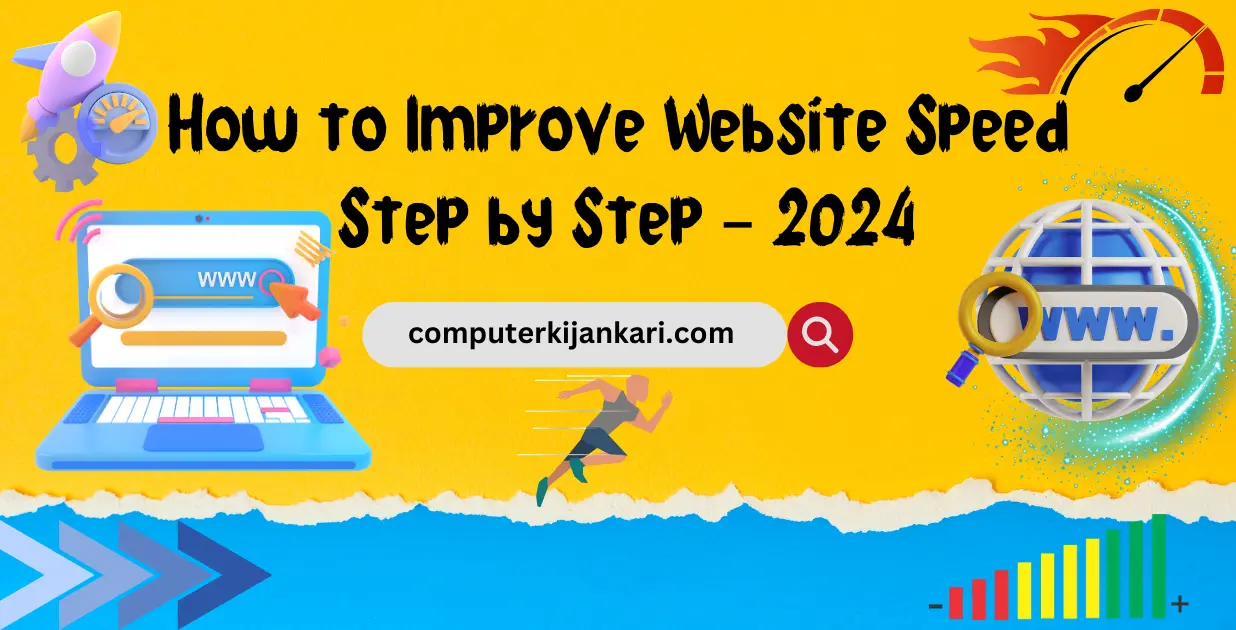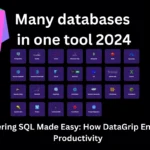Free Website Health Check Tools: Step by Step (2024)

In the digital age, maintaining the website health of your website is crucial for ensuring optimal performance, user satisfaction, and ...
Read more
The Top 3 best Free CV Makers You Need to Try 2024

cv makers 1) Resumaker.ai Introduction to Resumaker.ai In today’s competitive job market, creating a standout CV Makers is essential. Resumaker.ai ...
Read more
A New Android Phone Just Gave the Galaxy S24 Ultra Some Tough Competition

Galaxy S24 Ultra In the ever-evolving world of smartphones, staying ahead of the competition is no easy feat. With each ...
Read more
How to Improve Website Speed Step by Step – 2024

Introduction In the digital age, website speed is critical for ensuring a positive user experience and improving search engine rankings. ...
Read more
How We Use Google Search Console API-(2024)

In the realm of search engine optimization (SEO), the Google Search Console (GSC) API emerges as an invaluable tool for ...
Read more
(Amazon)How to Sell Used Books on Amazon for Free.

Selling used books on Amazon is a fantastic way to declutter your home and earn some extra income. This guide ...
Read more
How to Create SEO Backlinks with Holidays (2024)?

In the ever-evolving landscape of digital marketing, Create SEO backlinks remain a cornerstone for achieving higher rankings on search engines. Leveraging ...
Read more
Master AI in 2024: The Ultimate Roadmap for Beginners

Master Ai : Artificial Intelligence (AI) has swiftly become one of the most transformative technologies of the 21st century. As ...
Read more












